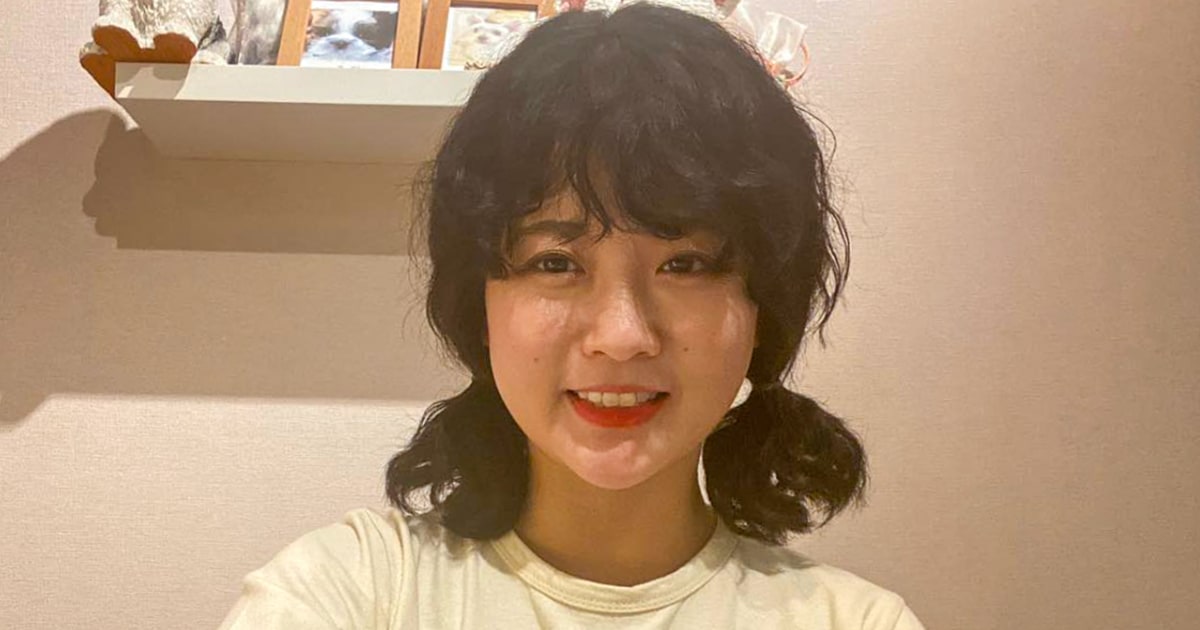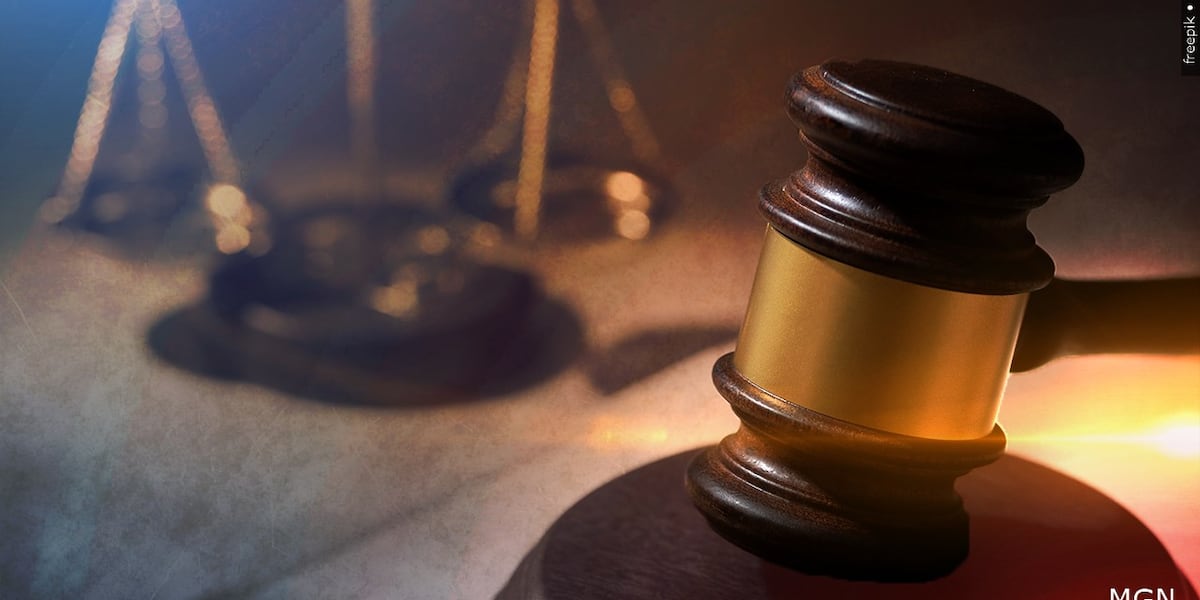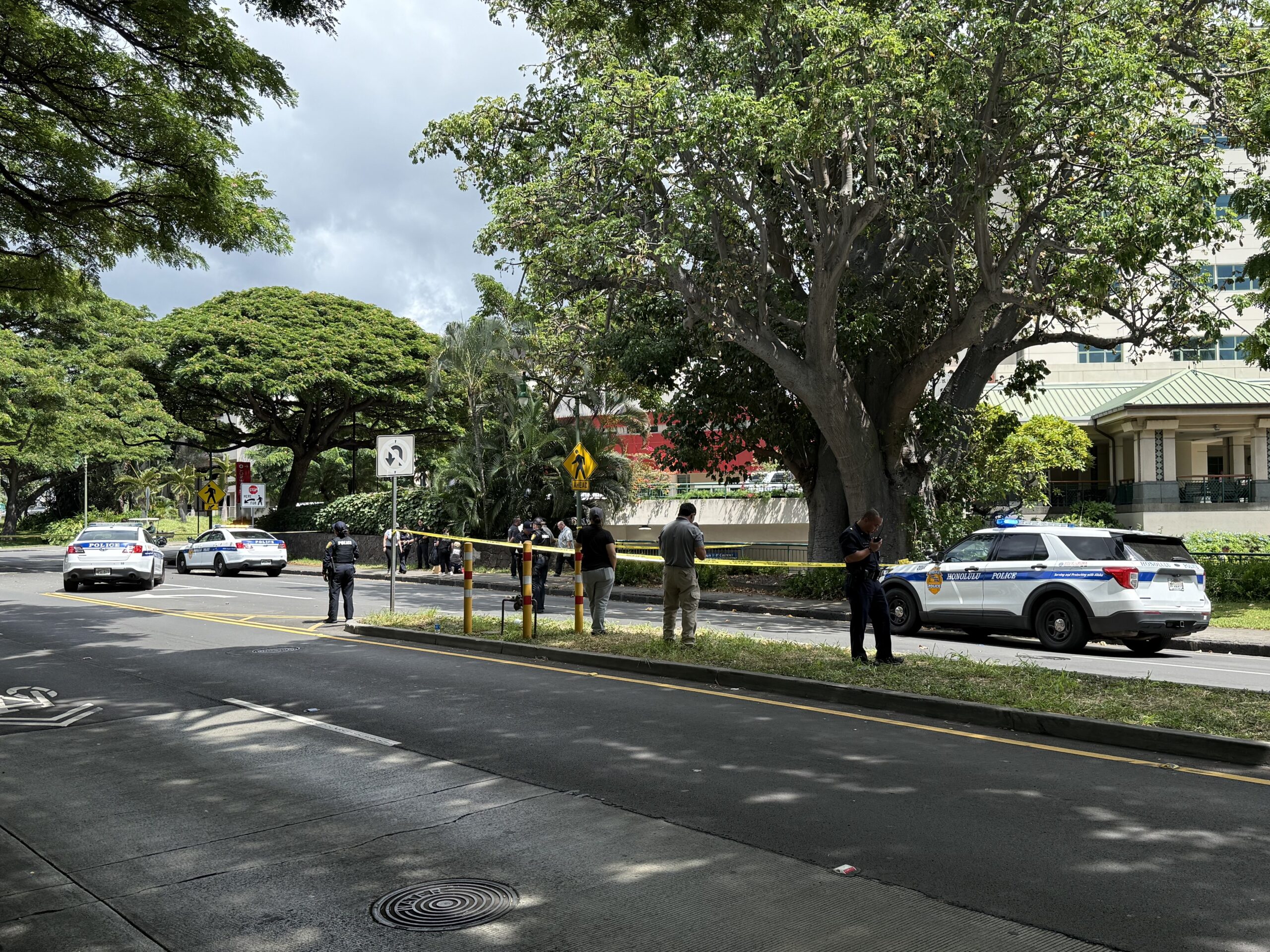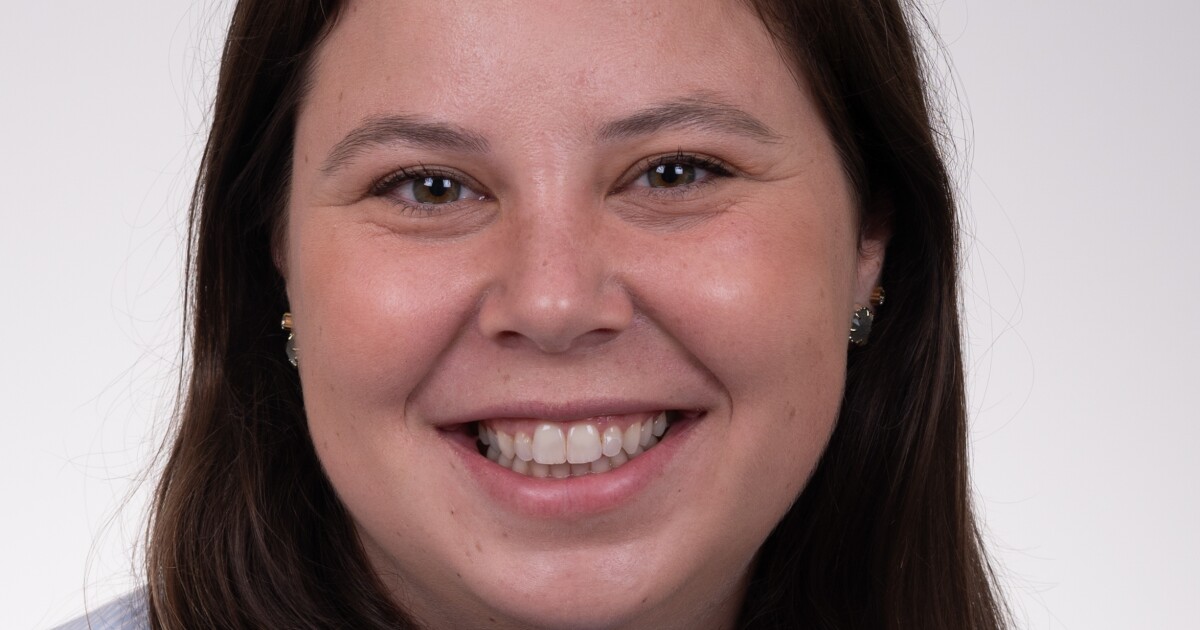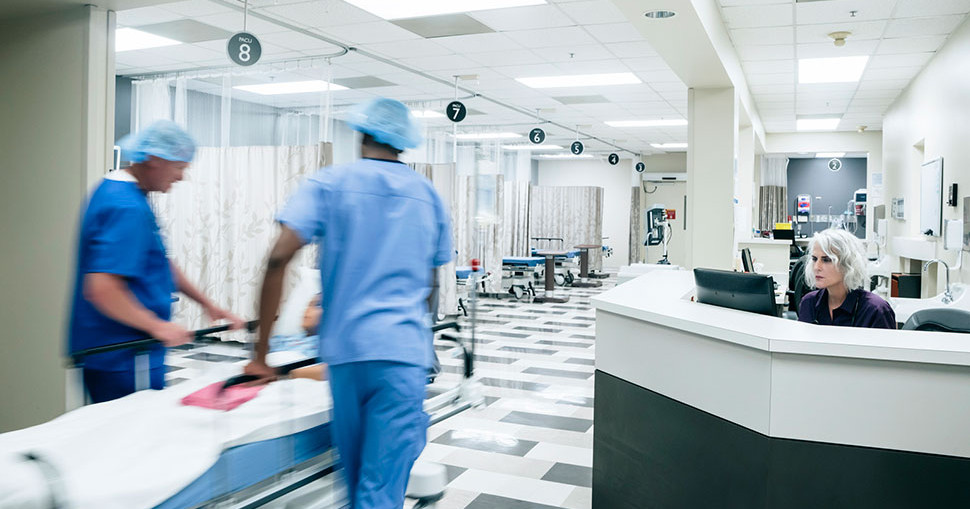Psilocybin: A breakthrough in mental health treatment or mere ‘magical’ thinking?

Can psilocybin be addictive?
Kelmendi: Like any potent psychotherapeutic compound, there are risks that need to be carefully managed, including risk of misuse and abuse. Our research demonstrates that the potential for serious psychiatric events necessitates comprehensive monitoring infrastructure.
What’s happening at the national level in terms of efforts to decriminalize psilocybin?
Kelmendi: There’s very heterogeneous development in this space. Just in the past year, there have been more than 36 psychedelic health-related initiatives introduced across more than a dozen states, really representing unprecedented legislative activity.
But not all these initiatives are equal, right?
Kelmendi: No, they vary widely in their scope as well as in their sophistication. I’ve categorized them into three approaches. We’ve seen one of these approaches in Oregon and Colorado, where they’ve established regulated access to psilocybin — and you don’t need a medical referral — through licensed facilitators and service centers. They’ve established a regulated framework for production, distribution, and use with some measure of quality control, as well as health care provider training.
Then you have a less well-known approach, which we’ve recently seen in New Mexico’s Medical Psilocybin Act, which authorizes use for specific, qualifying, conditions under the care of physicians or other healthcare providers.
And the third approach, which we saw here in Connecticut last spring, involves simple decriminalization measures that are more about reducing penalties for individuals found in possession of small amounts of the substance, without creating any medical access framework.
What is the difference between “decriminalization” and “legalization”?
Kelmendi: When it comes to understanding these bills, it’s important to know the difference. Connecticut’s proposed bill was around decriminalization, which typically involved reducing criminal penalties to civil infractions while maintaining an underlying prohibition. Legalization measures generally aim to open the door to health care providers utilizing psilocybin as a medical treatment.
What do you feel would be the most beneficial legislation?
Kelmendi: While we do have preliminary data showing efficacy for use of psilocybin across many psychiatric conditions, we’re still in the early stages. I think we should be aiming for FDA-approved medical access with specific protocols. Our five years of research at Yale has shown that these substances can offer significant therapeutic benefits when administered in controlled clinical settings with proper safeguards and trained professionals.
The risks can be mitigated when the substance is administered and guided by trained health care professionals with established dosing protocols based on clinical trials, as well as integration within an existing health care infrastructure. I’m very much in line with use that is guided by validated protocol to ensure safety.
What are some common misconceptions about using psychedelics as medication?
Kelmendi: One, with respect to legislation, is that decriminalization provides therapeutic access. At least in Connecticut, there has so far been no mention of creating regulated medical treatment pathways.
But the biggest misconception that I run into quite frequently is confusion over the difference between recreational and therapeutic use models. The data from clinical trials that shows some clear efficacy in therapeutic purposes is translated into this belief that taking mushrooms in a recreational context is going to generate the same results. These are powerful psychoactive compounds that require careful administration. This context is just not being clearly conveyed.
There’s this notion that it’s a fun, easy thing to do. You just eat the mushrooms, and you feel better.
Kelmendi: Absolutely, and the reality is far from it. When these compounds are properly administered, it’s in a health care setting, and patients require two days of preparation and education beforehand. It’s a big production. The day of the dosing is an eight-hour day, and patients typically are not in the position to drive after, so they need to ensure they have a safe ride home. Medical staff remains available to them for 24 hours.
If this space is going to develop as a medical treatment, it will fall within the psychiatric intervention model — like we see with the use of ketamine for depression — where there will be a specialized facility and staff that has been trained to work with this intervention.
link

